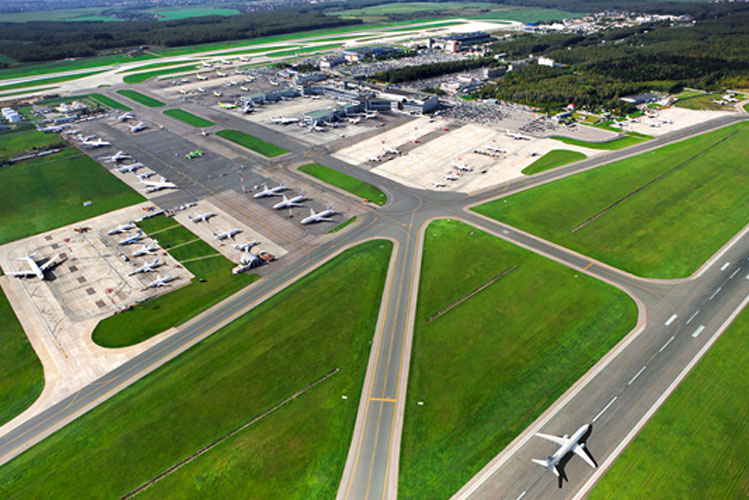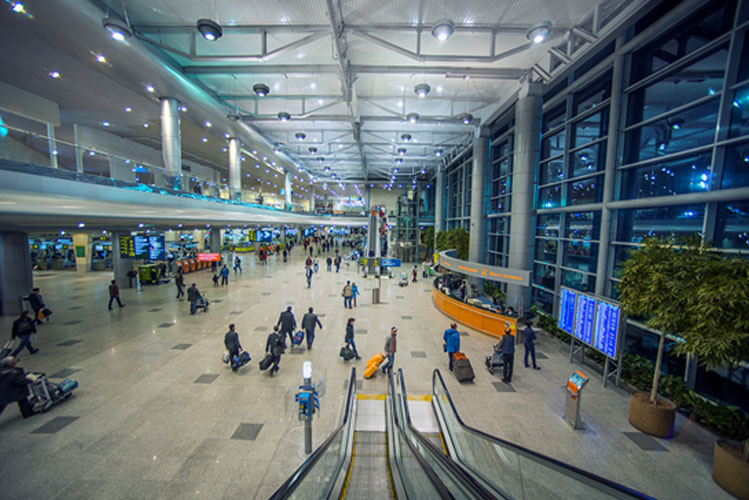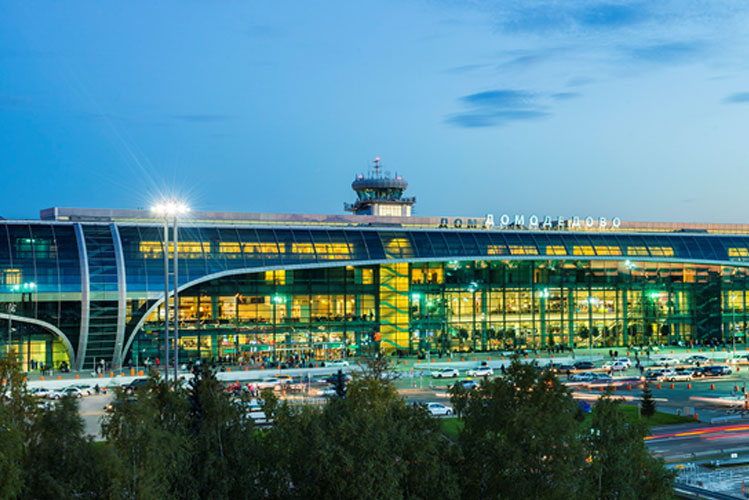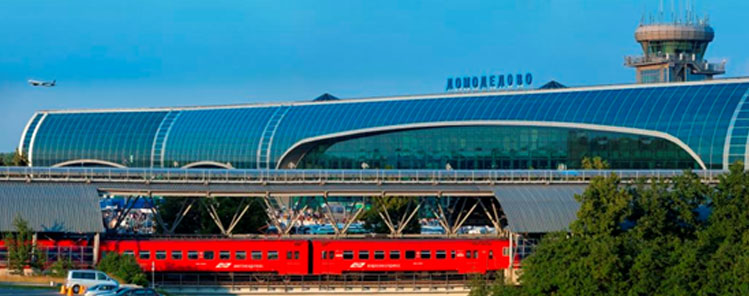With passenger traffic continuing to flourish and the number of movements increasing at a steady pace, Moscow Domodedovo Airport is a thronging and vital hub, and the international gateway for some of the most sought after travellers in aviation. Now, Russia’s largest airport is developing to accommodate the burgeoning mobility of its region, modernising and crucially expanding its facilities to enhance convenience and comfort for its passengers and improve services for transiting travellers.

“Our development is moving in such directions as the new segment of the passenger terminal implementation, reconstruction of the second runway – which will increase the aerodrome’s handling capacity to 98 take-off and landing operations per hour, and building of the new cargo terminal,” a spokesperson from Moscow Domodedovo Airport said.
In September Moscow Domodedovo Airport launched a project to construct a second terminal area, T2, which will be completed in December 2016. The works will almost double the area of the airport complex by 235,000sqm, and are taking place alongside the ongoing extension of its existing T1, which will see the airport grow to 500,000sqm.
The development is an imperative next step in Moscow Domodedovo’s strategy and in meeting the demand created by its continually escalating passenger numbers, which are expected to reach 60 million each year by 2023. With an average 7.8% year-on-year increase in traffic in 2014, the airport is one of the most rapidly growing in Europe. Passenger numbers for January to November amounted to almost 31 million – already exceeding its throughput for the 12 months of last year, while the number of aircraft movements in the same period rose by 6.1% year-on-year. In the coming years an additional phase of development is planned, which will see the construction of a third terminal “segment” – T3, of 275,000sqm. When all stages of the terminal expansion have been completed the airport will exceed 900,000sqm in area.

The expansion of Moscow Domodedovo Airport’s terminal will adhere closely to the existing architectural concept, which is designed based on an ‘under one roof’ principle, in which each facet links together in a single airport space that enables the most valuable use of the transfer potential of the airport complex.
The development will also see reconstruction of the second runway at Moscow Domodedovo Airport, as part of which a new runway is being built, while the existing one is planned to become a high-speed taxiway. The expansion of the airfield in this way will greatly enhance the infrastructure capabilities of the airport.
“We are on the way toward the airport’s development plan being realised,” a spokesperson from Domodedovo International Airport said. “This plan includes the increase of production capacities to make the conditions for our clients more convenient considering the performance increase in terms of passenger traffic. At the same time we are expecting the situation in the Russian cargo market will stabilise, therefore our development is moving in such directions as the new segment of the passenger terminal implementation, reconstruction of the second runway – which will increase the aerodrome’s handling capacity to 98 take-off and landing operations per hour, and building of the new cargo terminal.”
Expanding the infrastructure for the reception and handling of cargo is a crucial aspect of Moscow Domodedovo’s development, and it is currently laying the groundwork for its ‘Cargo Village’ project – the construction of an extensive new cargo complex including a new 26,000sqm cargo terminal and a 15,600sqm warehouse, which will become operational in the fourth quarter of 2015. The complex will vastly expand the airport’s capability in terms of freight handling and its storage, providing it with the capacity to handle 405,000 tons of cargo annually (+113%).
Also key to the airport’s grand design for development are plans to construct the ‘Aerotropolis’, a city within the airport grounds that enables logistic and transport hubs, shopping malls, hotels and business buildings to be localised at the airport.

Expanding the airport’s infrastructure for the reception and handling of cargo is a crucial aspect of its development, and Moscow Domodedovo is currently laying the groundwork for its ‘Cargo Village’ project – the construction of an extensive new cargo complex including a new 26,000sqm cargo terminal and a 15,600sqm warehouse, which will become operational in the fourth quarter of 2015.
Enhancing connectivity on the ground and in the air
One of the primary areas of the development of Moscow Domodedovo Airport is the modernisation of its surface transport infrastructure, and the improvement of accessibility to the gateway through an expansion of its connecting highway and the construction of multilevel crossroads on the approaching federal road. Enhancing connectivity to and from the airport, both on the ground and in the air, is a project at the heart of the Russian Government’s development strategy, and one in which regional authorities are fully engaged.
On 15 October, Moscow’s Regional Governor Andrey Vorobyov visited the construction site of the new runway, and explored the programme of long-term development at Russia’s primary gateway. During the visit, the head of the region inspected the improvements being made to surface transport on the approach to the airport, including a comprehensive plan to expand the A105 highway leading to the site, which is now being implemented, as well as the construction of a second railway track between the Aviatsionnaya station and the airport, which will vitally increase the frequency of its Aeroexpress train service. Design documentation for the construction of a new state-of-the-art railway station and two covered platforms has also been developed, in a joint project between Moscow Domodedovo Airport and Aeroexpress LLC, to be completed in 2016.

An additional second railway track between the Aviatsionnaya station and the airport is a key aspect of plans to enhance surface transport for passengers, and will vitally increase the frequency of the Aeroexpress train service. Design documentation for the construction of a new state-of-the-art railway station and two covered platforms has also been developed, in a joint project between Moscow Domodedovo Airport and Aeroexpress LLC, to be completed in 2016.
“The airport is in the process of completing the construction work at another infrastructure facility – transport semi-junction, which will connect the landside and the A-105 highway,” a spokesperson for the airport added. “Moscow Domodedovo Airport implements this project itself using the funds of the company in order to reduce the load caused by heavy traffic in the territory of the airport landside and to create the most favourable conditions for car owners.”
For the convenience of visitors arriving at the airport in their personal vehicles, Moscow Domodedovo is also planning to commission the first multilevel parking lot located in the immediate vicinity of the existing terminal. The two-level, 1,500 parking space car park will ensure the streamlined circulation of ground vehicles at the approaches to the terminal, and will be completed in 2016.







